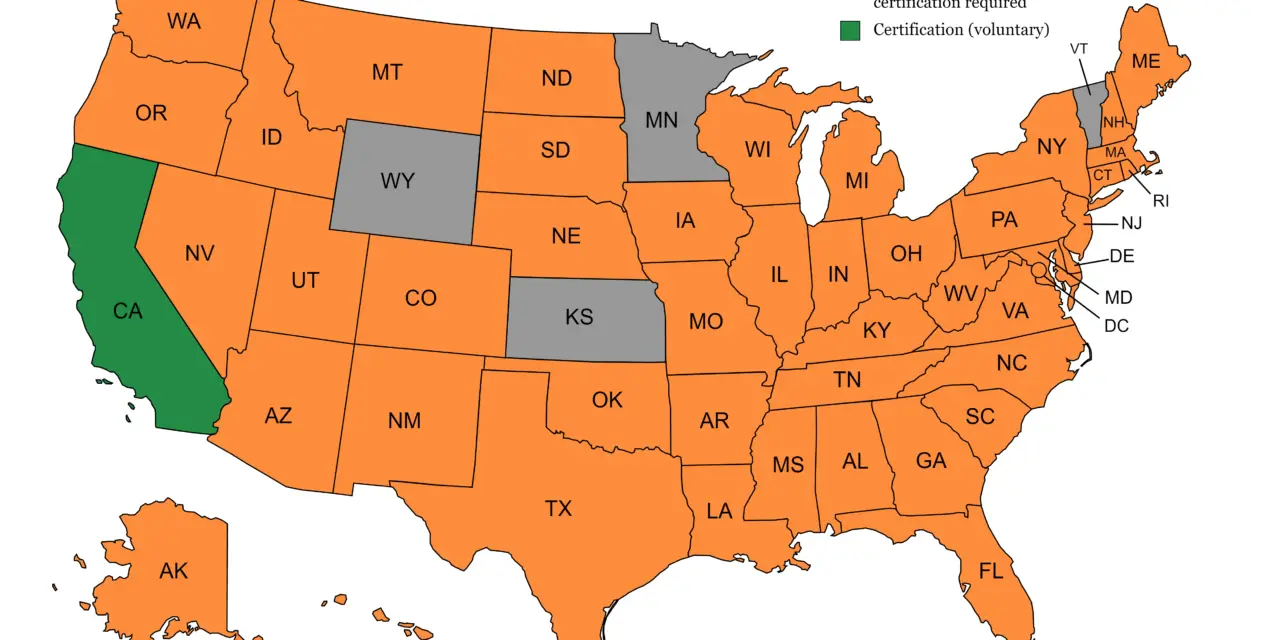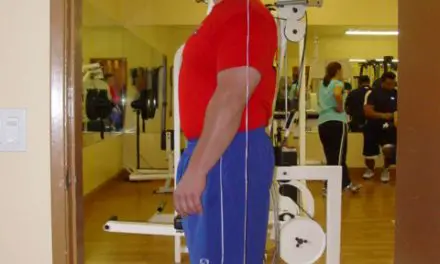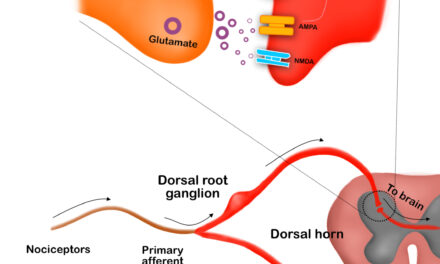A massage license is issued by the government while a massage certification is distributed by a private institution. And so, there are legal differences between a licensed massage therapist (LMT) and a certified massage therapist (CMT).
What does a massage therapy license do?
Being a LMT shows that you have obtained the required knowledge set by the local bureaucracy to safely practice massage to the general public. Although only 44 out of 50 states in the U.S. require a therapist to be licensed, LMTs are able to move more freely from state to state while retaining their position and/or practice since most states require similar prerequisites.
Most massage requirements include enrollment in an accredited general massage school and a passing score on the Massage and Bodywork Licensing Exam (MBLex). This is a test that bodyworkers only need to pass once, and their score can be searched by any massage or licensing board. This exam ensures competency in seven different areas:
- anatomy and physiology
- kinesiology
- pathologies
- benefits and outcomes of massage therapy
- client assessment
- ethics and law
- guidelines for professional practice.
What does a massage certification do?
There are several types of massage certifications. You can receive a one in a specific modality, but there are also state level certifications.
A state certification often has fewer restrictions on background prerequisites for those who can perform massage. These often include aspects like a minimum age or general education. Most states will require a specified amount of massage education hours from an accredited school. However some massage certifications are elective courses to further their knowledge in a modality or learn to work with a specific clientele.
For example, sports teams who employ massage therapists to look after their players may require the therapists to be certified in advanced neuromuscular therapy or rehabilitation. That would be like if you’re working for a dental practice, you may be required to have training that applies specifically to those with jaw and mouth disorders or cleft palate.
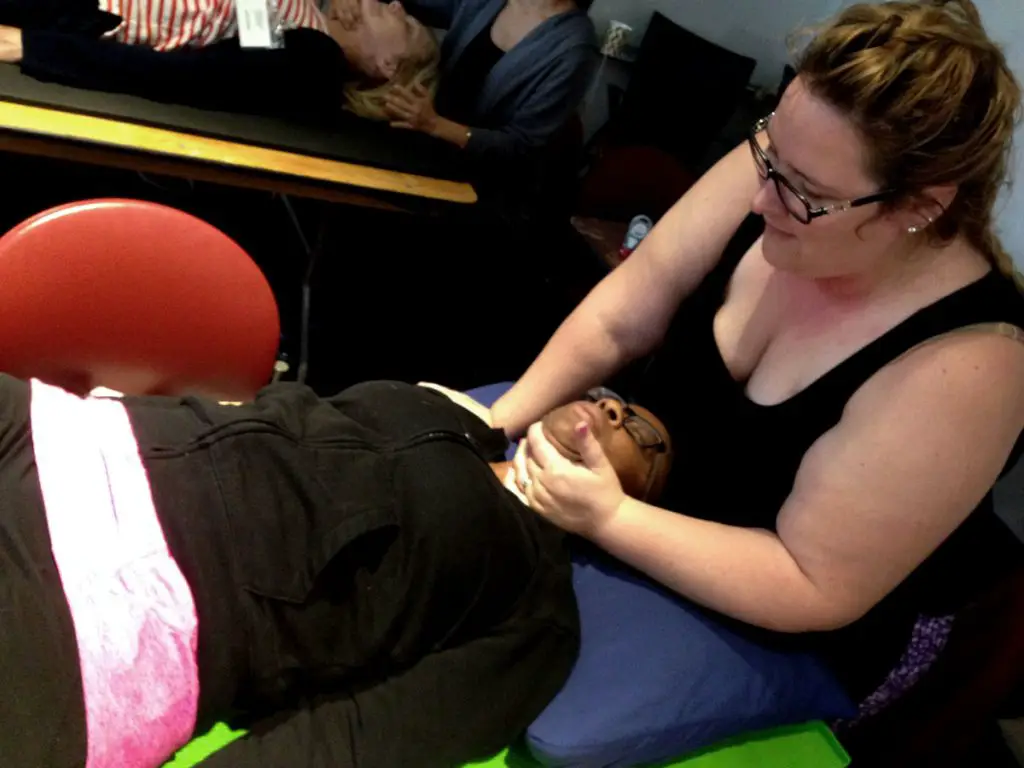
Massage therapists, physiotherapists, and occupational therapists practice in Walt Fritz’s MFR class in Los Angeles, Calif. on August 5, 2017. (Photo by Nick Ng.)
So what’s the difference between a LMT and CMT?
A LMT is a therapist who has met government requirements of a territory to practice massage. They will likely have a diploma from an accredited massage school and have passed the MBLex. Accredited programs can be found in traditional community colleges, but there’s also a wide range of vocational schools. However, not all are accredited, so make sure whatever program you enroll in is accredited.
A certified massage therapist (CMT) is one who has met the requirements of a private agency. California is one of the few states that has no massage licensure, but most counties require practicing massage therapists to be certified by the California Massage Therapy Council (CAMTC). Despite not offering a government license, California is the third in the Burden of Licensing Requirements, following Hawaii and Nevada.
[Related: What’s the Difference Between an Independent Contractor and Employee in Massage Therapy?]

In San Diego, massage therapy is a police-regulated activity. However, if a therapist is accredited from a legitmate massage school, then they do not need to be under police scrutiny. Jan. 3, 2018. (Photo by Nick Ng)
Which states do not require a massage license or certification?
In Kansas, Minnesota, Vermont and Wyoming, there are no state regulations for massage therapists.
Minnesota and Wyoming have no state wide regulations for massage, nor do they have government or private organizations to oversee massage therapists who practice within their boundaries. Each of these states leave the regulation of massage up to individual counties.
In Kansas, practicing massage therapists must pass the MBLeX, but there’s no required documentation issued by the state.
Vermont has no listed requirements and the purview of massage therapists is deferred to the Vermont Secretary of State, according to Massage Insurance Plus, an independent massage liability company.
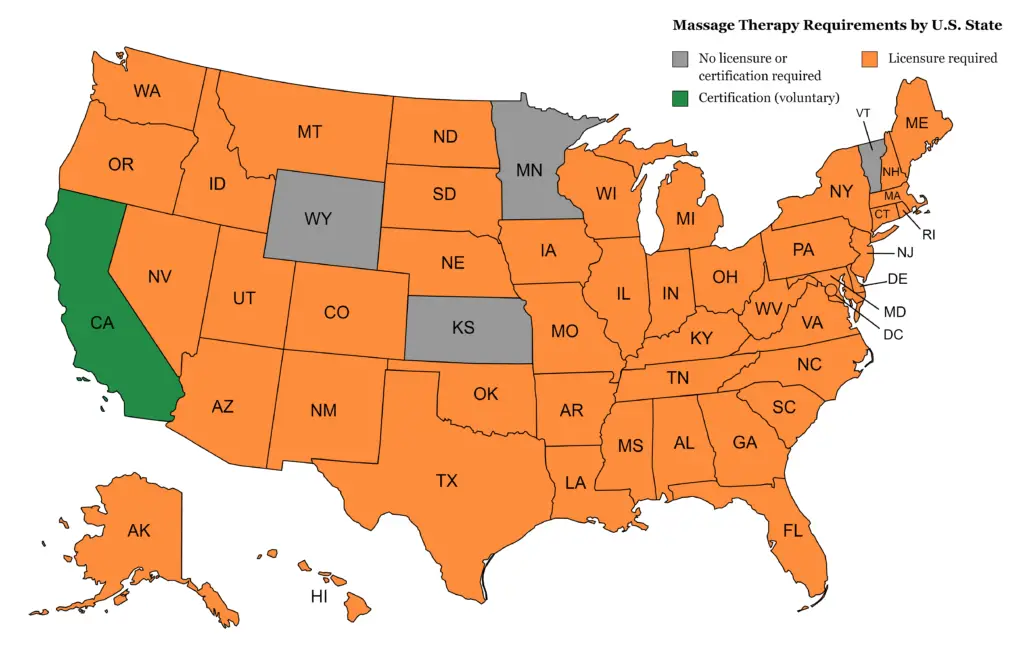
Map of U.S. states where licensure is required. (Image by Nick Ng, via MapChart.net)
Disclaimer: None of the organizations and companies mentioned are affiliated with Massage & Fitness.
Related: Difference Between RMT and LMT

Lindsay Jones, LMT
Lindsay is a licensed massage therapist and a mother of three, who specializes in rehabilitation with emphasis on prenatal and postnatal care.
After graduating from the National Holistic Institute in San Jose, Calif., she went on to study how pain affects the body and how it can be alleviated during the constant changes of pregnancy and early motherhood.
In her free time, Lindsay has a deep love of all forms of art from storytelling and music to sewing and painting.

